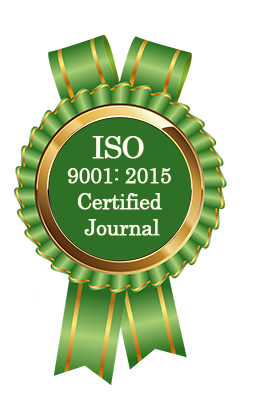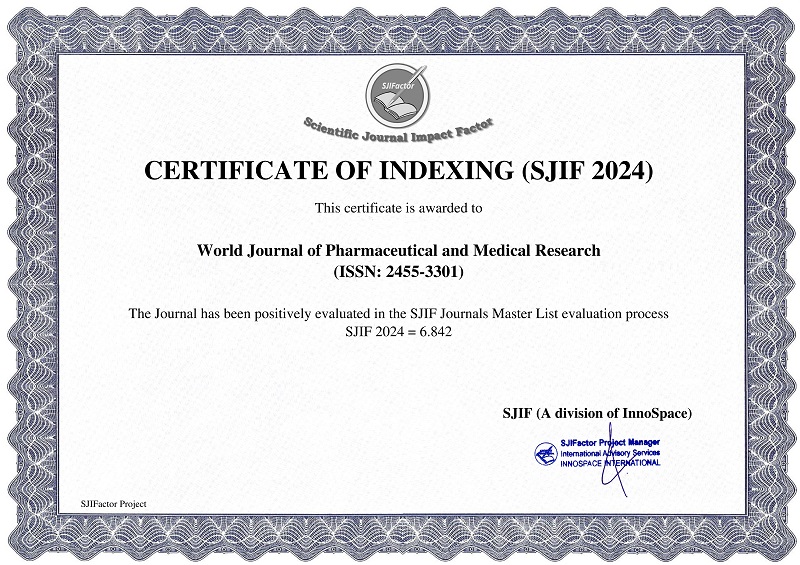ROLE OF RAKTAMOKSHANA KARMA IN SHIROROGA: EMPHASIS ON SIRAVYADHA
Dr. Deepali Gautam*, Dr. Makhnotra Pooja, Dr. Thakur Pooja
ABSTRACT
Headache (Shiroroga) is one of the most common health concerns today, frequently arising due to poor dietary habits, excessive consumption of alcohol and tobacco, irregular sleep, mental stress, and prolonged use of medications such as analgesics and steroids. While modern medicine often provides symptomatic relief, Ayurveda offers a holistic understanding of its etiology, emphasizing the role of Dosha–Dushya imbalance, particularly the association of Rakta and Pitta. To explore the therapeutic potential of Raktamokshana, specifically Siravyadha (venesection), in the management of Shiroroga. A conceptual review was carried out based on classical Ayurvedic texts including Sushruta Samhita and Ashtanga Hridaya, along with supportive modern interpretations. Descriptions regarding etiology, classification, indications, contraindications, and procedural aspects of Siravyadha were systematically analyzed. Siravyadha is regarded as one of the foremost methods of Raktamokshana, described by Acharya Sushruta as Ardha Chikitsa (half of the entire treatment). It effectively eliminates vitiated Rakta, improves local circulation, alleviates pain, and corrects the pathology at its root. The procedure is indicated in Pittaja Shiroroga, Raktaja Shiroroga, Suryavarta, Ardhavabhedaka, and Anantavata. Its mechanism of action involves removal of Avarana (obstruction), restoration of Dosha balance, enhancement of local metabolism, and stimulation of healthy blood cell production. Siravyadha provides both immediate and long-term relief in Shiroroga. By addressing the underlying pathology rather than offering symptomatic control alone, it represents a safe, effective, and holistic therapeutic intervention highly relevant in the context of modern lifestyle disorders.
[Full Text Article] [Download Certificate]



